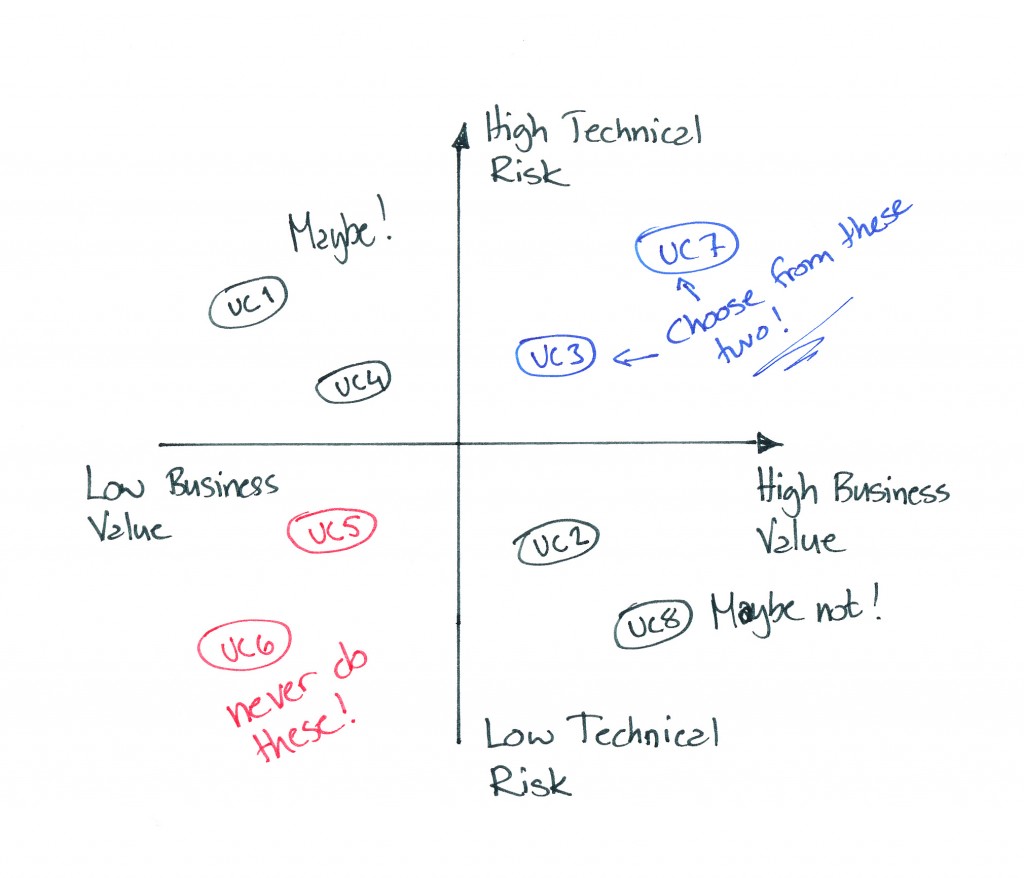I am first and foremost an agile guy. I try to be as agile as possible at my assignments, and I coach and teach agile ways. But I know that there still are several companies that use RUP, and this is written for them.
As I argued in my previous blog post, you can do RUP and be agile. In this blog post, I will give you my top 3 RUP anti-patterns that I have experienced at various projects, and often enough the solution to them is to work in a more iterative way as the creators of RUP intended (more agile if you like). If you want to know what you can do about them, read on. If you can top them, please share your experiences with me 🙂
RUP, a hideous beast, or…?
Having mentioned the acronym “RUP” at Crisp a couple of times, I am starting to get a better understanding of how Harry Potter felt when he mentioned the name “Voldemort” (if you don’t know who Harry Potter is, just borrow the book from the nearest 13-year old and read it). What is it about RUP that has made agilistas scream in terror whenever mentioned? Is RUP a hideous beast that no one can work with, or is it actually a trainable pet that can be useful when treated right?
Lean vs Traditional Project Management
This week, we have Mary Poppendieck with us. She held an evening seminar which inspired me to think about the differences between Lean and traditional project management. I also am inspired by the questions I get from my spouse on this.
I thought that it would be interesting to do a side-by-side comparison between the two. I am no process expert, I am just a programmer who has been the subject of 30 years of different processes. I have seen DOD 2167, RUP, PROPS, PEJL, XP, Scrum and a few others. So this is just my humble opinion.
See also what Henrik Kniberg wrote earlier in his blog.Continue reading


